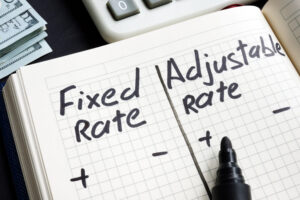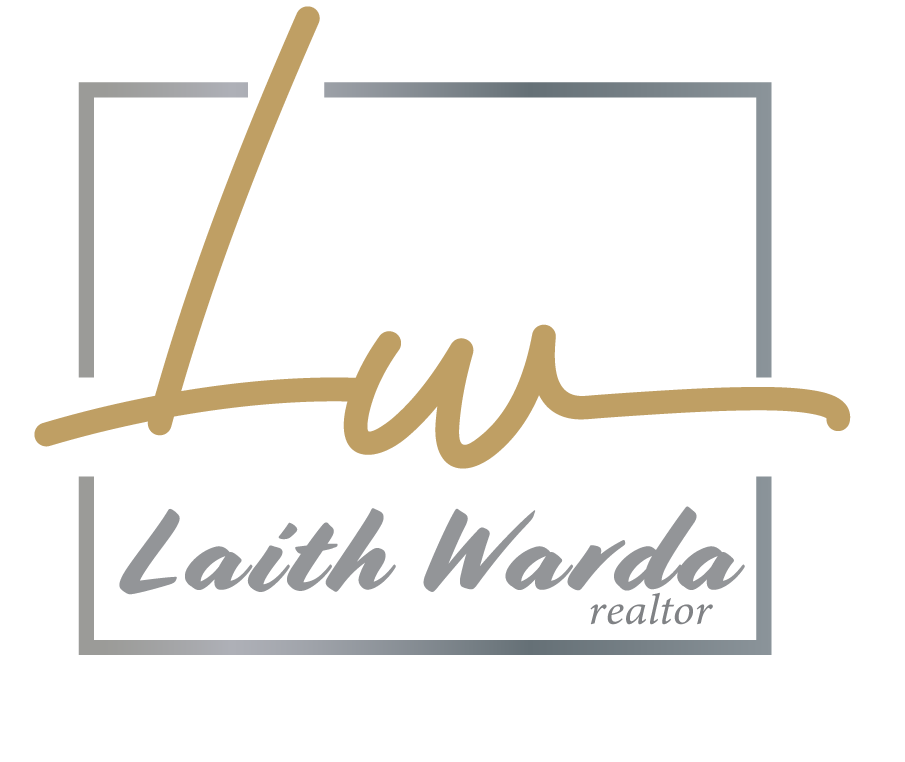When it comes to purchasing a home, one of the most significant decisions you’ll make is selecting the right mortgage. Two popular options are fixed-rate mortgages (FRMs) and adjustable-rate mortgages (ARMs). Both have their advantages and considerations, and it’s essential to understand the differences between them to make an informed choice. In this blog, we’ll break down the features of fixed and adjustable-rate mortgages to help you decide which option aligns best with your financial goals.
Fixed-Rate Mortgages (FRMs):
Fixed-rate mortgages are the more traditional and straightforward choice. As the name suggests, these mortgages offer a fixed interest rate for the entire loan term, typically ranging from 15 to 30 years. Here are some key features of FRMs:
a) Stable Monthly Payments: One of the main advantages of a fixed-rate mortgage is predictability. Your monthly payments remain constant over the life of the loan, providing a sense of security and allowing you to budget effectively.
b) Protection from Interest Rate Fluctuations: Regardless of market fluctuations or changes in the broader economy, your interest rate will not change. This can be particularly beneficial during times of rising interest rates.
c) Long-term Planning: FRMs are ideal for homeowners planning to stay in their property for an extended period. The steady interest rate allows you to plan for the future without worrying about potential rate hikes.
Adjustable-Rate Mortgages (ARMs):
Adjustable-rate mortgages are quite different from fixed-rate mortgages. With an ARM, the interest rate can change periodically throughout the loan term. Typically, ARMs have an initial fixed-rate period, followed by an adjustable rate. Here’s what you should know about ARMs:
a) Initial Fixed-Rate Period: The initial period of an ARM, often five, seven, or ten years, offers a fixed interest rate. During this time, your monthly payments will remain constant, just like with a fixed-rate mortgage.
b) Adjustment Period: After the initial fixed-rate period expires, the interest rate adjusts at regular intervals, usually annually. The rate adjustment is based on a specific financial index, such as the London Interbank Offered Rate (LIBOR) or the U.S. Treasury Bill rate.
c) Potential Rate Changes: Depending on market conditions, your interest rate may increase or decrease during the adjustment period. As a result, your monthly payments could rise or fall accordingly.
d) Suitability for Short-term Homeownership: ARMs are more suitable for homeowners who plan to sell or refinance their property before the initial fixed-rate period ends. This allows them to take advantage of the lower interest rates initially offered by ARMs.
 Conclusion:
Conclusion:
In conclusion, the choice between a fixed-rate mortgage (FRM) and an adjustable-rate mortgage (ARM) depends on your financial circumstances and long-term plans. If you value stability and prefer knowing exactly what your monthly payments will be for the duration of your loan, a fixed-rate mortgage might be the better option. On the other hand, if you anticipate selling or refinancing your home within the initial fixed-rate period, an adjustable-rate mortgage could offer an attractive low-rate option.
It’s essential to consult with a knowledgeable mortgage professional to assess your financial situation and goals fully. They can guide you through the process and help you choose the mortgage that best aligns with your needs. Remember, making an informed decision about your mortgage can save you money and provide peace of mind as you embark on your homeownership journey.



